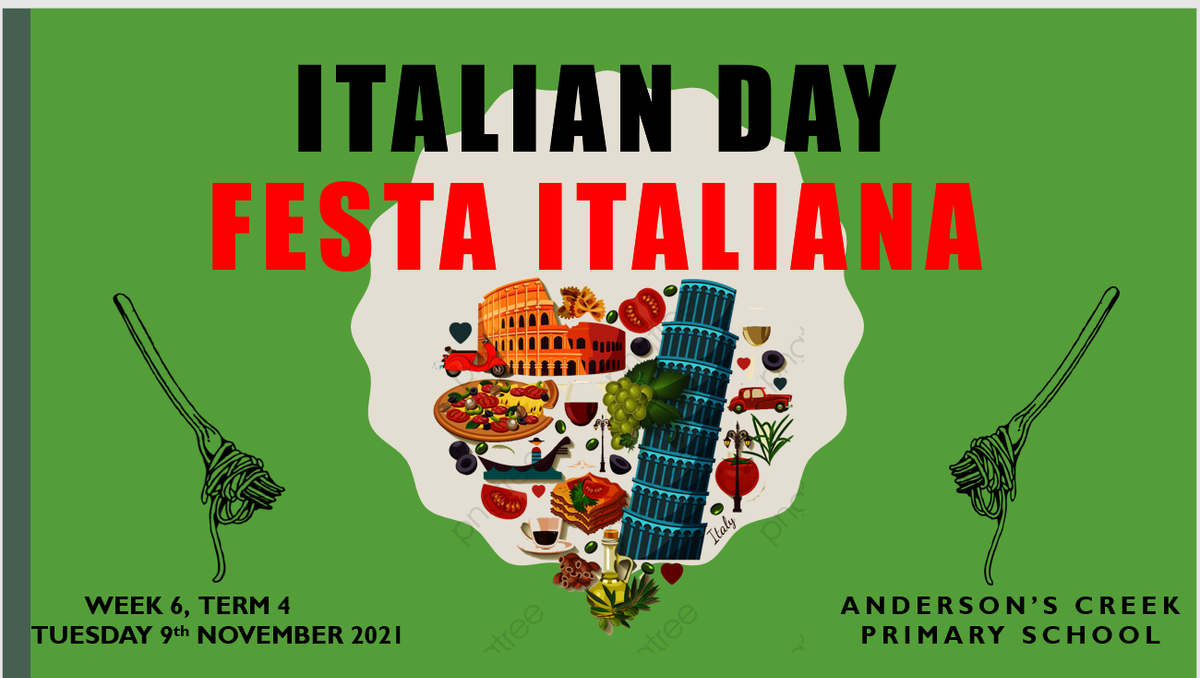Principal's Report
It's great to be back!
After 5 weeks leave I was thrilled to come back to a school full of children again! I'd like to extend my thanks to Jake Laurie and Meredith Thornton for capably leading the school in my absence. I'd also like to acknowledge the fabulous contributions Jake made to ACPS and wish him all the best in his new role as Acting Principal at Kallista Primary.
Meredith will continue to replace Jake for the remainder of the year.
Organisation for 2022 is well under way. Please keep an eye out in the newsletter for updates.
2022 Grade Structure
In 2022 we are running on a 10 grade model as follows:
1 x Foundation
2 x Year 1
1 x Year 2
3 x Year 3/4
3 x Year 5/6
This week your child will be completing their Learning Buddy Friendship requests for next year. Each child will select four students they work well with and we guarantee at least one of their requests.
Remembrance Day
Rosalie Austin - Year 5
As many of you will know, this Thursday was Remembrance Day. This is a day to celebrate all those who have died in all the wars from all the countries, not just those from Australia like in ANZAC day. Like every year, we held a ceremony at our school to celebrate this special day, and have a minutes silence at 11am.
We have this minutes silence at the 11th hour on the 11th day of the 11th month because this was when the Armistice to agree to end the First World War.
At our ceremony we had members of the JSC presenting a speech about the World Wars one and two, why we wear poppies and then we had some students read the poem Normally we would have had parents at this ceremony, but, once again, COVID stopped these plans so we could only have students and staff at the proceedings.
The Junior School Council shared poems, family stories and the history of the Poppy.
Our thanks go to the entire Anderson’s Creek Primary Community.
Why do we wear Poppies?
The Flanders poppy has long been a part of Remembrance Day, the ritual that marks the Armistice of 11 November 1918, and is also increasingly being used as part of Anzac Day observances. During the First World War, red poppies were among the first plants to spring up in the devastated battlefields of northern France and Belgium.
In soldiers' folklore, the vivid red of the poppy came from the blood of their comrades soaking the ground. The sight of poppies on the battlefield at Ypres in 1915 moved Lieutenant Colonel John McCrae to write the poem In Flanders fields. In English literature of the nineteenth century, poppies had symbolised sleep or a state of oblivion; in the literature of the First World War a new, more powerful symbolism was attached to the poppy – the sacrifice of shed blood.





